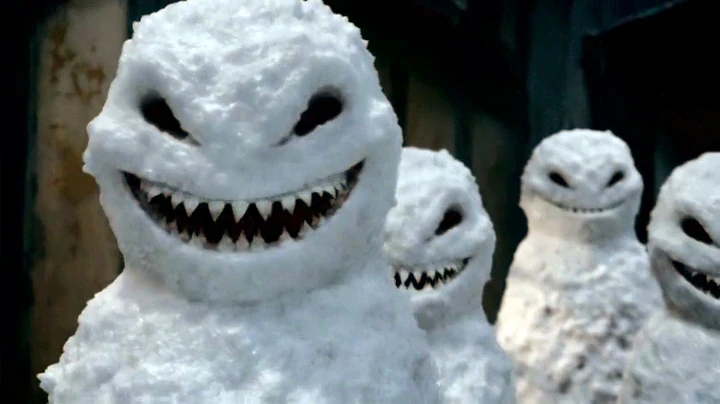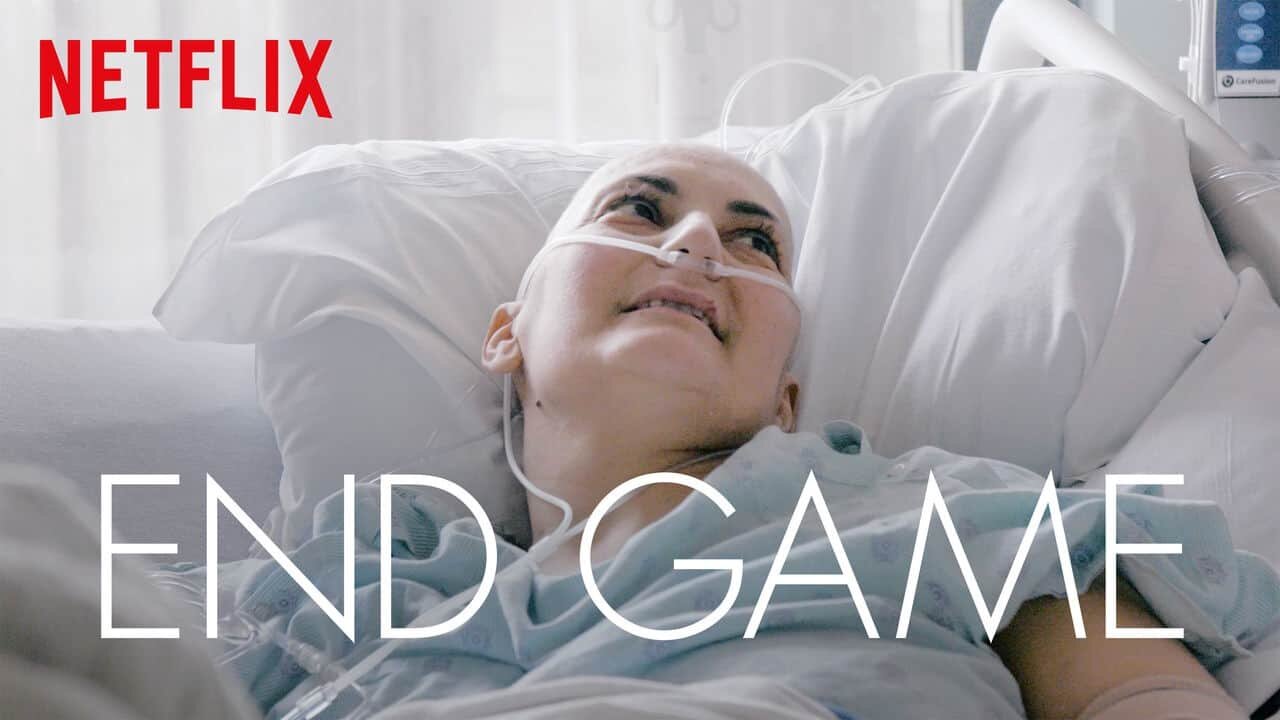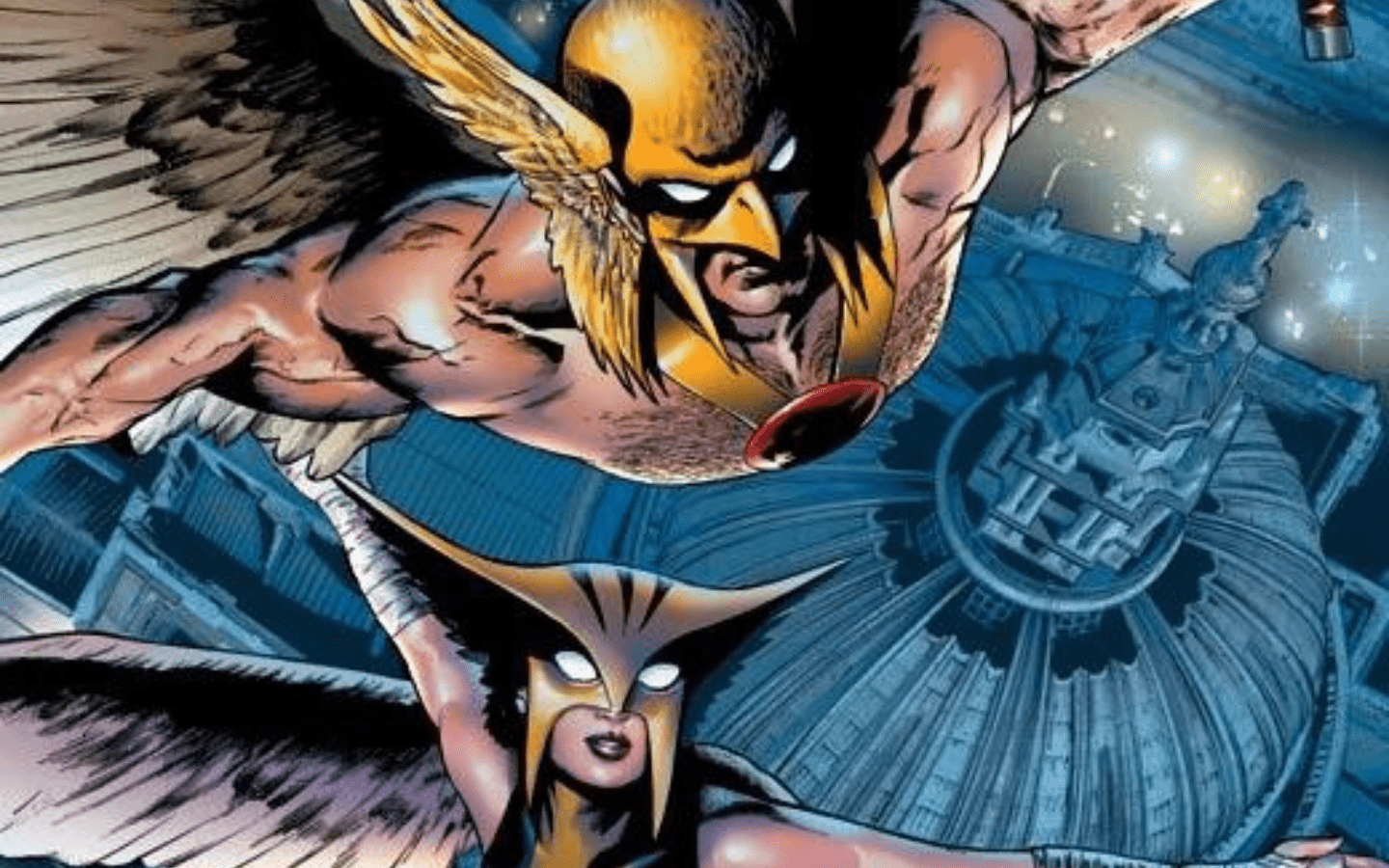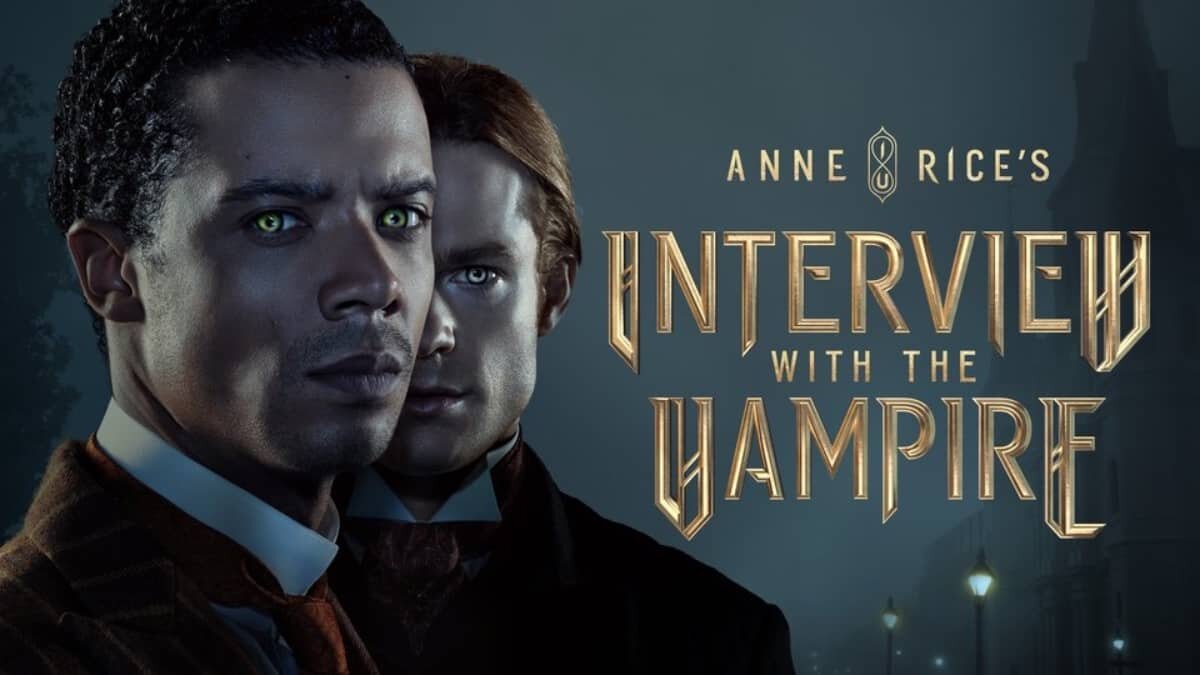DISCLAIMER: Some of the links below are affiliate links. If you buy something from a link, we may earn a commission at no extra cost to you. This is used to help maintain the site and create more content for you!
Dorohedoro – Best Manga
Dorohedoro’s (ドロヘドロ) first eight volumes were adapted to anime by showrunner Yuichiro Hayashi and studio MAPPA in early 2020. Just as COVID-19 began its spread across the globe, with governments dithering over recommending measures to protect their populations, versus continuing to juice the economy by putting working citizens at risk – here was an anime about power, exploitation, off-hand deadly violence. Oh and how cool are masks?
Based faithfully in both look and style on Q Hayashida’s cult manga series, Dorohedoro dropped on Netflix with a pounding soundtrack by (K)NoW_NAME and excellent cast performances, including Wataru Takagi’s manic turn as Caiman, an amnesiac man with the head of a lizard who loves Gyoza.
And if that sounds strange, it is simply the tip of Hayashida’s nuanced imaginative and unique manga. But about those masks…

I ♥ Hole
Dorohedoro opens with a shocking panel of Fujita screaming in anguish as his friend Matsumura’s head is caught in the jaws of a giant lizard. As Matsumura pleads for help, he mentions there’s someone inside the lizard’s mouth. Caiman’s mouth is itself a liminal space inhabited by a spectre with red cross tattoos over his eyes. The stranger appears either as a disembodied head, or looming over whoever is unfortunate enough to fall afoul of Caiman.
Assessing this latest victim, the stranger pronounces ‘you aren’t the one’. For poor Matsumura this is essentially a death sentence. Caiman hears the report from ‘the man inside’ and slices Matusumura into pieces.
Our ‘hero’ ladies and gents.
This utterly odd in media res opening sets up the first opposition of Dorohedoro. Caiman and his best friend Nikaido live in a polluted urban wasteland known as The Hole. Caiman works in Central Hospital Magic Victim Ward, while Nikaido manages a filthy gyoza bar. In their spare time, they hunt and kill sorcerers. Waste, dirt, pollution and rot are everywhere to be found in The Hole.
Also, many of the impoverished denizens have been ‘practiced on’ by sorcerers, transformed into monsters and mutants. These unfortunate surviving subjects of magical experimentation are shown to have bestial, insectoid or octopoid heads. It turns out the source of most of the pollution in The Hole, resembling an over-industrialised city, is ‘smoke’, the manifestation of magical powers. The sorcerers are polluting and torturing the inhabitants of The Hole without a care for these people.

Despite Caiman and Nikaido’s violence against the lowly punk sorcerers Matsumura and Fujita, Hayashida neatly establishes the reader’s empathy for them. They are clearly in dire straits, stuck in The Hole, broke, and vulnerable to the powerful magic-users who travel through dimensional doorways to victimise their friends and neighbours.
But then Hayashida muddies the ethical divide, by following Fujita after his escape from Caiman and Nikaido. In his world, Fujita is a bottom-rung sorcerer with little power. Status and ability among sorcerers are shown by the style and complexity of the mask they wear. Fujita has what looks like a hand-made domino with a short beak, and now he has lost his partner.
Caiman and Nikaido’s attacks on sorcerers draws the attention of sorcerer crime boss En. He assigns his ‘cleaners’ Shin and Noi to investigate Fujita’s story of a lizard man and woman hunting sorcerers. Shin and Noi’s close bond is similar to the friendship between Caiman and Nikaido. Shin is seemingly a cool and calculating killer, but with a tragic past. His mask resembles an anatomically correct human heart, which he reverses so the mouth is on the opposite side of his head. His acts of violence are shown to express the sense of pain he is trying to bury (and as a result, his mask works as a visual metaphor).

His partner Noi is immensely protective of him. Where he enacts violence with a hammer, she defends Shin and heals his injuries with her magic. Her mask resembles leather fetish-wear with an exposed rotten mouth. Noi’s ability to heal most injuries, and her completely carefree attitude to danger as a result, is expressed through her mask’s hinting at life and death. In the world of the sorcerers, masks indicate your status, but also who you are as an individual.
Together En’s cleaners could be written as an intriguing, but still villainous duo. Hayashida instead quickly establishes their sweetly committed bond, denying the easy categorisation of them as evil.
And given how easily Caiman, Nikaido, Shin and Noi resort to deadly violence, it’s largely unclear who the heroes and villains are in this universe!
As above, so below.
The plot of Dorohedoro proceeds to criss-cross these sets of relationships, with combinations of expressions of affection between the different partners, and unexpected betrayals and revelations. En’s gang quickly establishes itself as a dysfunctional family unit, with the addition of a new partner for Fujita, Ebisu, adding a truly chaotic element to the proceedings. Caiman accidentally chewed her face off mid-interrogation – she got better thanks to Noi, but the experience sent her well and truly over the sanity border.
The plot-engine for Hayashida’s storytelling is the winding and unravelling of these relationships, with glimpses of worldbuilding emerging. The Hole is a natural point of entry as it invites sympathy for the downtrodden victims of the sorcerers. As the manga continues, we learn more of the history of these two factions, and courtesy of Shin’s past, a suggestion that the oppressor/victimised divide is not as clear-cut as first thought. The sorcerers for their part have their own systems of control to contend with.

It turns out the magical gifts of sorcerers are courtesy of a ruling enclave of demons, who bore easily. The activities of En’s crime family offer a form of protection from the tortures these more powerful creatures might inflict. The masks are given by demons to sorcerers as part of a ritual, and largely the life of a sorcerer is a series of rituals and events designed to entertain their masters. The reader witnesses Fujita’s humiliating failed attempt to bribe a demon for a ‘promotion’, while Shin and Noi as high-ranking members of En’s family are fast-tracked to receive new masks.
What emerges through Hayashida’s writing is a discussion of class that excites with its weirdness and arbitrariness. Dorohedoro manages to deliver its examination of exploitation and control of society without even a hint of a lecture.
I abject!
Dorohedoro’s main focus is to instil the reader with a sensory experience. The manga wildly oscillates between pleasure and pain, taste and disgust. Caiman’s obsession with gyoza is drawn with hunger-inspiring delight, as his lizard-maw gulps down plate after plate of pastry treats. Nikaido’s joy in feeding her friend is infectious, as is her delight at cooking.
But Hayashida makes sure to depict Nikaido’s eatery – the aptly named Hungry Bug – as a truly filthy place. The Bug is a terrifying series of health code violations, and it doesn’t help that Caiman enjoys stuffing his face at the hospital surrounded by mutated bodies and corpses.

This theme of juxtaposing rotting flesh and meat for eating continues throughout the series. In the 12th chapter ‘Formal Attire Requested’ (舞踏会へは正装でおこし下さいませ), En invites Shin, Noi, Fujita and Ebisu to a dinner party. Before entering, he provides them with nose plugs. The reason? The dining room is full of corpses hanging from the ceiling. Below are tables set with roasted chicken, cake and kebabs. Shin and Noi happily begin sampling from the food without a care.
Perhaps there is an observation being made that they have nothing to fear, because their powers allow them to recover from illness. It’s tempting to suggest a parallel with political leaders today risking infection from COVID-19, because they will receive the best medical treatment unlike the working poor.
Oh, and En’s principal magical power? He turns people into mushrooms.
Revulsion and relief, this sensory push and pull, continue through Hayashida’s series. A scene involving Shin and Noi brutally leaping to the defence of Fujita escalates to a spectacle of unbelievable gore. “Time for a bully sandwich!” remarks Shin, as he squeezes together dismembered bodies. The very next scene, in an audacious jump-cut by Hayashida, has the group enjoying ice-creams.
The manga continues to explore this confrontational approach to taste in its art. Unlike typical clean manga house style, Hayashida chooses to leave blotches of ink and shading on the panels. It gives The Hole an added sense of dirt and waste, which is a nice touch. But even in the world of the sorcerers, with its ancient detailed architecture, a fuzzy touch to the characters is usually present.
Dorohedoro is not only concerned with dirt and grime, but a shiftless sense of our bodily selves, growing, aging and decaying all at once. Even the heightened, over-saturated use of colour in Hayashida’s chapter openings are an intentional raw imbalance, suggestive of art’s arbitrary portrayal of life through a clean line.

“Cheer up. I’ll make you some ōba gyoza”
What makes this strange brew of a manga unique is just how much fun it is! Beyond the beer and gyoza gulped down by Caiman, or the over-the-top violence and gore, Dorohedoro has a sense of play about it that marks it out as a creative work doing something special.
Credit to Netflix for seeing the value in picking up MAPPA’s adaptation, as Dorohedoro may be the best anime of 2020. It also provided a welcome relief from the sheer insanity of this year, its odd off-kilter humour and pulsing score making the series eminently bingeable.
I’m happy to report the manga is also a treat, but as I’ve attempted to outline above, there is a whimsical intelligence to Hayashida’s project. It’s a story about power, about surviving and sustenance – about getting by. And I can’t think of anything more appropriate for 2020 than that.








